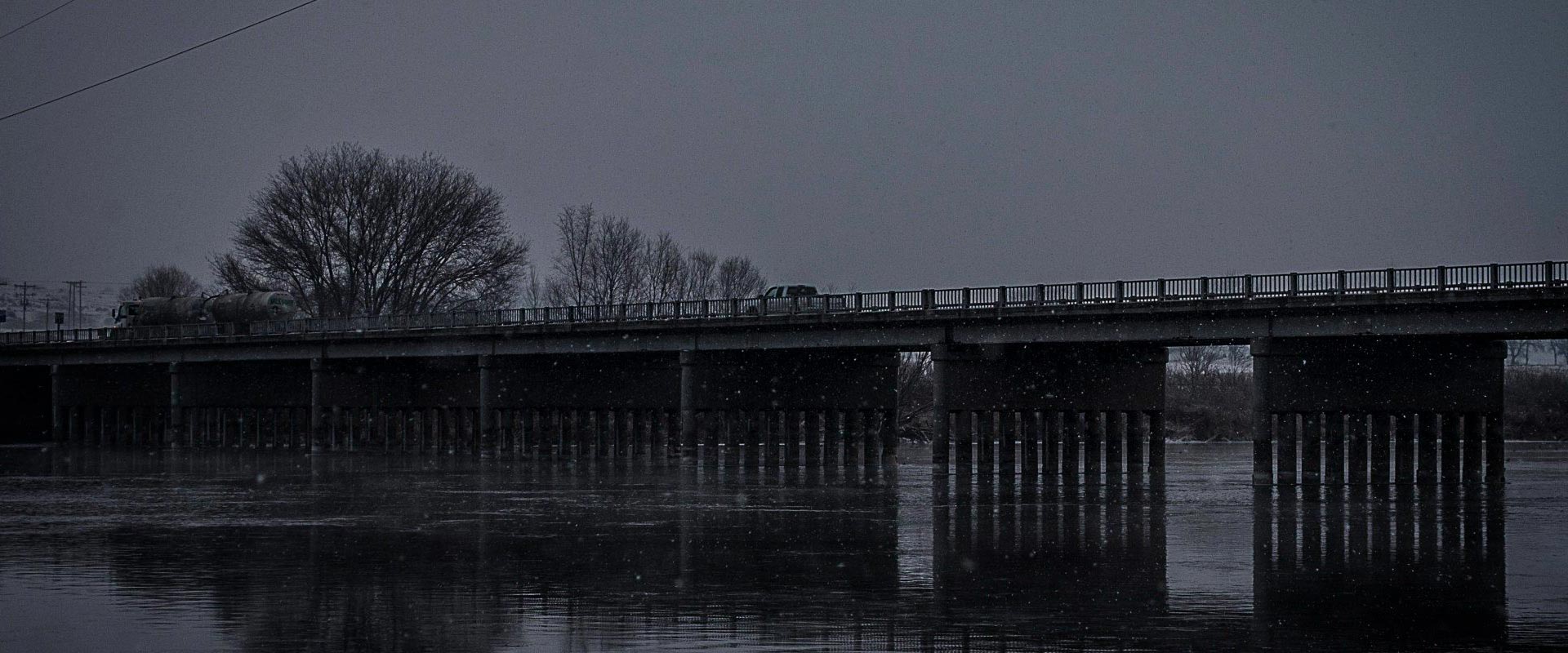“…I took the [road] less traveled by, and that has made all the difference.”
—Robert Frost

—Robert Frost
Roadways are the backbone of the transportation system in Ada and Canyon Counties. Buses, commuter vans, freight vehicles, and individuals in private cars rely on our roadways. In addition, bike lanes and sidewalks along roadways provide a significant portion of our local bicycle and pedestrian infrastructure. However, as the Treasure Valley grows, the “road less traveled by” is quickly becoming a thing of the past.
As we grow, our roads will get busier. In 2018, COMPASS estimated that, on an average weekday, over 1.8 million vehicle trips were made on Ada and Canyon County roads; this number is forecasted to grow to almost 3 million vehicle trips per average weekday by 2040.

More vehicles lead to more congestion…what are we doing about it?
COMPASS uses a systematic approach to analyze, identify, monitor, and manage congestion. This information, coupled with additional technical data and outputs from COMPASS’ travel demand forecast model, helps COMPASS make the best use of limited funds to address congestion and other transportation issues now and into the future. It feeds into how projects are prioritized for long-range plans such as CIM 2040 2.0 and helps determine which projects are funded in the Regional Transportation Improvement Program (TIP).
Between 2021 and 2040, CIM 2040 2.0 will fund $6.7 billion in transportation projects, from capital projects, to operations, maintenance, and more. Many of these projects involve widening roads or improving intersections – the types of projects often thought of when talking about improving congestion.
However, roadway improvements alone will not alleviate congestion. Many other projects – often less visible but no less important – are funded through CIM 2040 2.0 to help address congestion. These include projects such as increased bicycled and pedestrian infrastructure and technologies to help the transportation system function more efficiently.
Even with this significant investment, our rapidly growing population means that congestion will worsen between now and 2040, with travel times between common destinations expected to increase from as little as 10 minutes to as much as 30 minutes during the peak hour by 2040.
Due to a significant funding shortfall, many regional transportation needs are not funded through CIM 2040 2.0. While addressing these unfunded needs will not “solve” congestion, they can be part of the solution.
COMPASS will continue to plan and seek funding for these unfunded priorities, including roadway improvements, an expanded public transportation system, new technologies, and more, to help address future travel needs.
Webpage updated 12/31/2021